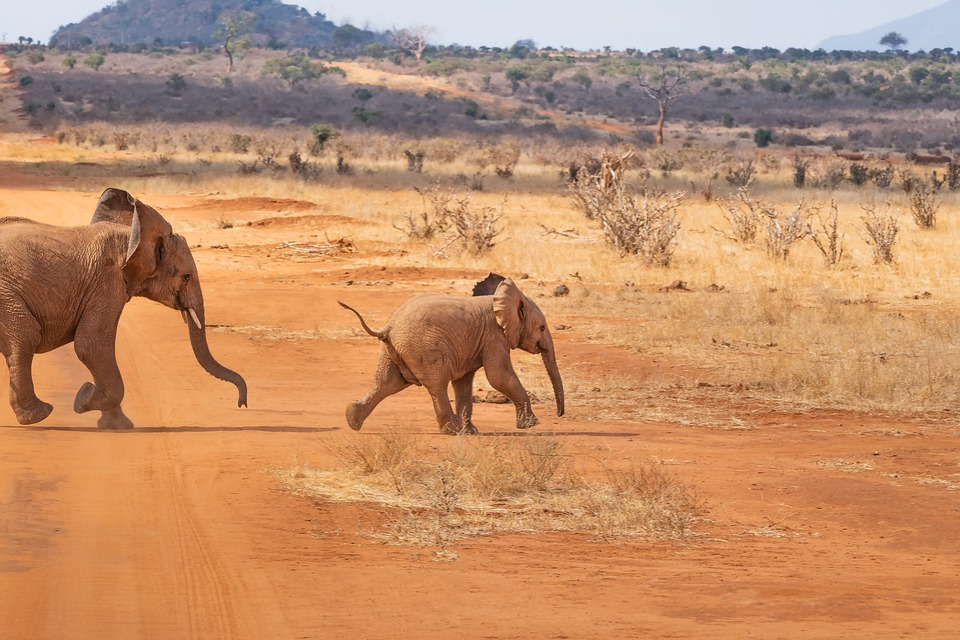Packing for a safari can be intimidating, but it doesn’t have to be. Here are some tips from seasoned travelers to help you have the best time possible on your trip:
What to pack
- Bring clothes that can be layered.
- Bring clothes that can be washed in a sink.
- Bring clothes that are comfortable, durable and easy to pack.
How to prepare for your safari
- Pack the right gear.
- Prepare for the weather and other elements.
- Know what to expect from your safari company and guide, including food and accommodations on your trip.
- Do some research before you go so you can plan ahead as much as possible once in Africa!
Wildlife
Wildlife is the main attraction in Africa and it’s easy to understand why. The continent is home to some of the most unique and diverse wildlife species on earth, including lions, elephants, giraffes and rhinos (just to name a few).
If you’re planning on going on safari during your next trip to Africa then we recommend packing binoculars or a telephoto lens camera along with your other travel essentials. You’ll need these items so that you can spot animals from afar when they’re out in their natural habitat! If by chance you see an elephant or lion roaming around its habitat don’t be afraid–they won’t hurt anyone unless provoked!
Botswana
Botswana is one of the most popular safari destinations in Africa, and for good reason. The country has an abundance of wildlife, including elephants and lions–two animals that you don’t want to miss on your trip. There are also a wide variety of landscapes to explore, from lush forests to arid deserts and everything in between. If you’re planning on visiting Botswana for your next safari adventure, here are some tips:
Zimbabwe
Zimbabwe is a country in southern Africa. Its capital city is Harare, and its currency is the Zimbabwean dollar. It’s located between South Africa and Zambia, with Mozambique to its west and Botswana to its north.
The climate in Zimbabwe is tropical with high temperatures throughout the year; annual rainfall varies from 2,000 mm (80 inches) along coastal areas to 1,500 mm (60 inches) inland. The main languages spoken are Shona and Ndebele; English is also widely understood by people who work in tourism-related industries or have received formal education beyond secondary school level. Christianity and Islam are two major religions practiced by locals here; other faiths include Judaism and Hinduism
Packing for a safari can be intimidating, but it doesn’t have to be.
Packing for a safari can be intimidating, but it doesn’t have to be. Here are some tips on how to prepare for your next African safari:
• Think about what you will need. A good rule of thumb when packing for an African safari is that you should bring only what you can carry on your back–and even then, it’s best not to overpack. If possible, leave behind items like clothes and books in favor of lighter items like food or water bottles that won’t weigh down your luggage too much (and might come in handy during the trip).
• Avoid packing too much stuff! It’s easy to get carried away when deciding what clothes or accessories will go into our suitcases before heading out on an adventure such as this one; however, having too many things with us can actually make things more difficult instead of easier because we’ll have no place left in our bags for anything else once everything else has been added inside! This means there would be no room left over where those extra items could fit comfortably inside without making things feel cramped up tight around them…
Conclusion
We hope this guide has helped you prepare for your next African safari. If you have any questions, feel free to contact us at support@safaripack.com.




